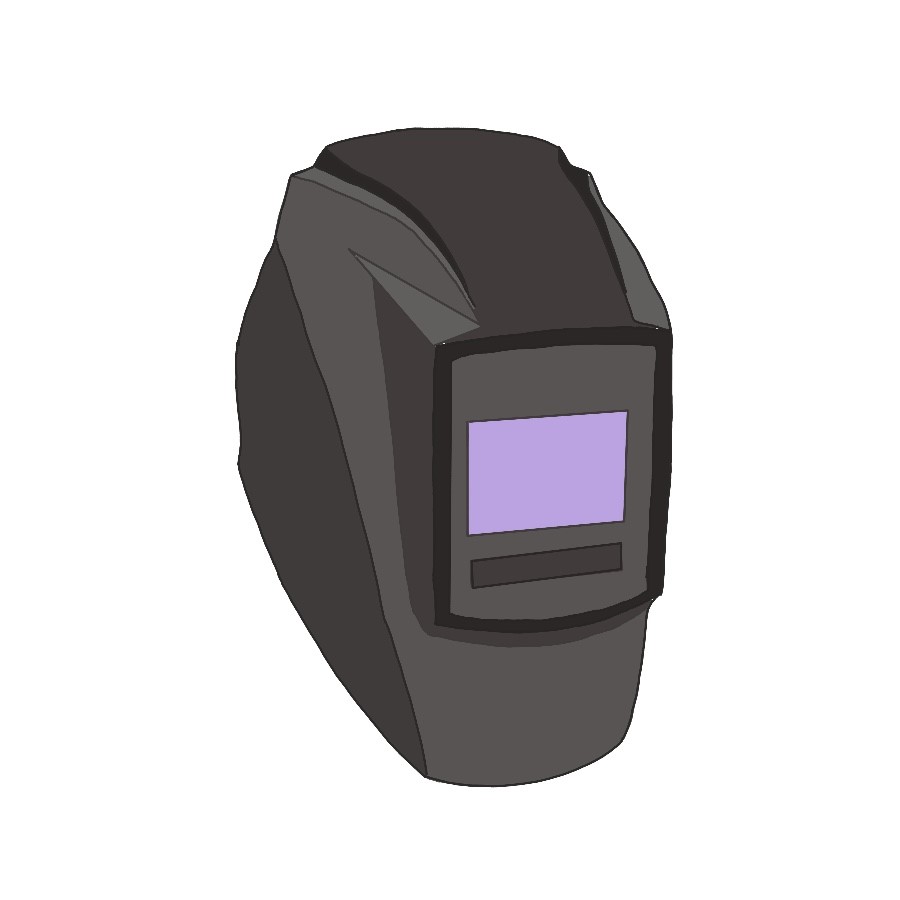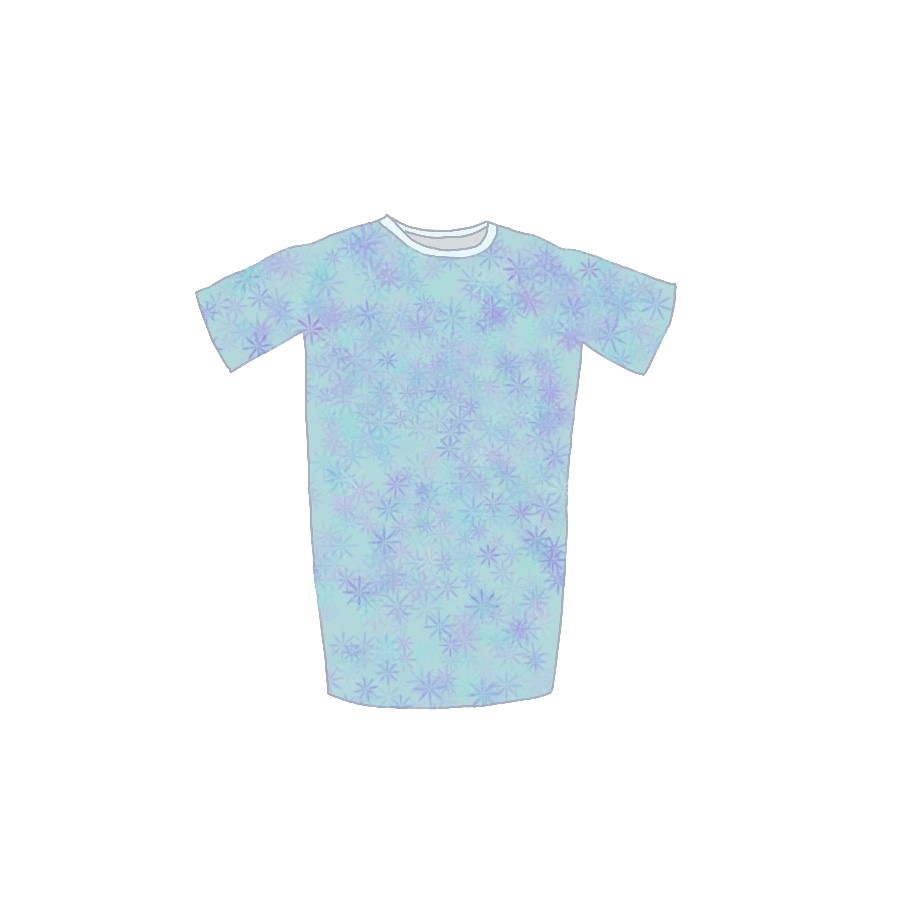COVID-19
There are many types of face coverings, including face coverings intended for consumer applications, medical, and industrial use, each with their own unique federal requirements. We have included information on several of these face coverings below:

Consumer face masks (not designed or sized for children ages 12 and under)
These face masks are considered articles of wearing apparel under the jurisdiction of the CPSC. Consumer face masks must comply with the flammability requirements of the Flammable Fabrics Act. Consumer face masks must be tested to either 16 CFR part 1610 (Standard for the Flammability of Clothing Textiles) or 16 CFR part 1611 (Standard for the Flammability of Vinyl Plastic Film), depending upon the material used in construction. In general, domestic manufacturers and U.S. importers of these products must issue a General Certificate of Conformity (GCC), certifying that the products meet all applicable requirements.
Please note: Consumer face masks made entirely of acrylic, modacrylic, nylon, olefin, polyester, wool, or any combination of these fabrics, or made entirely of plain-surface fabric weighing at least 2.6 ounces per square yard (or 88.2 grams per square meter), are exempted from flammability testing under 16 CFR §1610.1(d). Additionally, under Commission enforcement discretion effective March 25, 2016, the CPSC will not pursue compliance with the GCC requirement for adult wearing apparel that is exempt from flammability testing under 16 CFR §1610.1(d).

Children’s consumer face masks (designed or sized for children ages 12 and under)
These face masks are considered articles of wearing apparel under the jurisdiction of the CPSC, and must meet the flammability testing requirements of 16 CFR part 1610 or 16 CFR part 1611, as outlined above in Consumer face masks (not designed or sized for children ages 12 and under). However, these masks would also need to comply with the labeling, testing, and certification requirements of the Consumer Product Safety Act (CPSA).
All children’s products, including children’s face masks, must bear permanent tracking information, meet total lead content limits, and meet lead in paint/similar surface coating limits, if either paint or a surface coating is present on the product. Testing must be conducted at a CPSC-Accepted Testing Lab, and domestic manufacturers and U.S. importers of these product must also issue a Children’s Product Certificate.
Please note: Children’s consumer face masks made entirely of acrylic, modacrylic, nylon, olefin, polyester, wool, or any combination of these fabrics, or made entirely of plain-surface fabric weighing at least 2.6 ounces per square yard (or 88.2 grams per square meter), are exempted from both total lead content testing under 16 CFR §1500.91(d)(7) and flammability testing under 16 CFR §1610.1(d).
Additionally, children’s consumer face masks made of the natural or manufactured fibers listed in 16 CFR §1500.91(d)(7)(i), would not require total lead content testing; however, flammability testing would still be required, unless the fabrics meet the testing exemptions of 16 CFR §1610.1(d).


Medical face masks (surgical masks and/or N95 respirators)
Face masks that are intended for use in the diagnosis of disease or other health-related conditions, or in the cure, mitigation, treatment, or prevention of disease (such as surgical masks) are “medical devices” that fall under the jurisdiction of the U.S. Food and Drug Administration (FDA). Please see issued FDA guidance for additional information. For further questions on these items, please contact: 1-888-INFO-FDA, or CDRH-COVID19-SurgicalMasks@fda.hhs.gov.
N95/P100 and other respirators, in both disposable and reusable form, are personal protective equipment regulated by the National Institute for Occupational Safety and Health (NIOSH), under the Centers for Disease Control (CDC). See NIOSH’s website for more information: https://www.cdc.gov/niosh/ppe/.


Face shields
Face shields that are intended for use in the diagnosis of disease or other health-related conditions, or in the cure, mitigation, treatment, or prevention of disease, such as prevention of infectious disease transmission (including uses related to COVID-19), are considered “medical devices” under the jurisdiction of the FDA. Please see issued FDA guidance for more information.
Other face shields marketed for non-medical use (e.g., sun-protective clothing) are subject to CPSC requirements for general wearing apparel and the CPSA (if designed or sized for children ages 12 and under). Please see above: Consumer Face Masks or Children’s Consumer Face Masks, respectively, for more information on these requirements.


Industrial face masks
Face masks (e.g., such as welding hoods), exclusively manufactured for commercial purposes and that are meant to protect the wearer from chemical or physical hazards, fall outside the jurisdiction of the CPSC. These products may have recommendations from NIOSH or requirements from the Occupational Health and Safety Administration (OSHA). Please see NIOSH’s website for more information: https://www.cdc.gov/niosh/ppe/.
Just like face coverings, there are many different types of gowns, including gowns used for non-medical and medical applications. We have included information on a variety of gown types below:
Non-medical gowns (not designed or sized for children ages 12 and under)
These gowns are considered articles of wearing apparel under the jurisdiction of the CPSC and must comply with 16 CFR part 1610 (Standard for the Flammability of Clothing Textiles) or 16 CFR part 1611 (Standard for the Flammability of Vinyl Plastic Film), depending on the materials used in construction. In general, domestic manufacturers and U.S. importers of these products must issue a General Certificate of Conformity (GCC), certifying that the products meet all applicable requirements.
Please note: Non-medical gowns made entirely of acrylic, modacrylic, nylon, olefin, polyester, wool, or any combination of these fabrics, or made entirely of plain-surface fabric weighing at least 2.6 ounces per square yard (or 88.2 grams per square meter), are exempted from flammability testing under 16 CFR §1610.1(d). Additionally, under Commission enforcement discretion effective March 25, 2016, the CPSC will not pursue compliance with the GCC requirement for adult wearing apparel that is exempt from flammability testing under 16 CFR §1610.1(d).

Disposable gowns (not designed or sized for children ages 12 and under)
These gowns are considered articles of wearing apparel under the jurisdiction of the CPSC and must comply with 16 CFR part 1610 (Standard for the Flammability of Clothing Textiles) or 16 CFR part 1611 (Standard for the Flammability of Vinyl Plastic Film), depending on the materials used in construction. In general, domestic manufacturers and U.S. importers of these products must issue a General Certificate of Conformity (GCC), certifying that the products meet all applicable requirements.
Under 16 CFR §1610.35(a), disposable gowns not meant to be washed or dry cleaned do not require laundering before being subjected to flammability testing.

Children’s disposable gowns (sized for children from newborn to size 14)
Disposable children’s gowns sized from newborn up to 9 months must comply with 16 CFR part 1610 (Standard for the Flammability of Clothing Textiles).
Please note: Disposable children’s gowns sized newborn up to 9 months, made entirely of acrylic, modacrylic, nylon, olefin, polyester, wool, or any combination of these fabrics, or made entirely of plain-surface fabric weighing at least 2.6 ounces per square yard (or 88.2 grams per square meter), are exempted from flammability testing under 16 CFR §1610.1(d).
Disposable children’s gowns sized 9-14 months, must comply with the flammability requirements for children’s sleepwear of 16 CFR part 1615 (for size 0 to 6X) or 16 CFR part 1616 (for sizes 7 to 14). Under 16 CFR §1615.4(g)(4)(i) and 16 CFR §1616.5(c)(4)(i), disposable gowns not meant to be washed or dry cleaned do not require laundering before being subjected to sleepwear flammability testing.
All children’s disposable gowns must comply with the labeling, testing, and certification requirements of the CPSA. As such, these products must contain permanent tracking information, meet total lead content limits, and meet lead in paint/similar surface coating limits, if either paint or a surface coating is present on the product. Any applicable testing on these products must be conducted at a CPSC-Accepted Testing Lab, and domestic manufacturers and U.S. importers of these products must also issue a Children’s Product Certificate.
Please note: Disposable children’s gowns made entirely of paper (or similar materials), or made of the manufactured or natural fibers listed in 16 CFR §1500.91(d), are exempted from total lead content testing.

Medical Gowns
Gowns intended for use in health care settings, including surgical gowns, isolation gowns, surgical isolation gowns, nonsurgical gowns, procedural gowns, and operating room gowns, are all under the jurisdiction of the FDA. Please see issued FDA guidance on Medical Gowns for additional information. For further questions on these items, please contact: 1-888-INFO-FDA or CDRH-COVID19-PPE@fda.hhs.gov.
There are many different types of gloves, including non-medical and medical gloves. We have included information on several types of these gloves below:
Non-medical gloves
Non-medical gloves not designed or sized for children ages 12 and under are articles of wearing apparel regulated by the CPSC that must comply with the flammability requirements of the Flammable Fabrics Act.
Please note: Gloves that are 14 inches in length or shorter, and not affixed to or not an integral part of another garment, are specifically exempt from flammability testing under 16 CFR §1610.1(c)(2).
Children’s non-medical gloves must also comply with the labeling, testing, and certification requirements of the CPSA. As such, these products must contain permanent tracking information, meet total lead content limits, and meet lead in paint/similar surface coating limits, if either paint or a surface coating is present on the product. Testing must be conducted at a CPSC-Accepted Testing Lab, and domestic manufacturers and U.S. importers of these products must also issue a Children’s Product Certificate.
Please note: Children’s non-medical gloves that are 14 inches in length or shorter, and not affixed to or not an integral part of another garment, are specifically exempt from flammability testing under 16 CFR §1610.1(c)(2). Additionally, children’s non-medical gloves made entirely of the manufactured or natural fibers listed in 16 CFR §1500.91(d) are exempted from total lead content testing.
Medical Gloves
Gloves intended for use in the diagnosis of disease or other conditions, or in the cure, mitigation, treatment, or prevention of disease are “medical devices” under the jurisdiction of the FDA. Please see issued FDA guidance for additional information. For further questions on these items, please contact: 1-888-INFO-FDA, or CDRH-COVID19-PPE@fda.hhs.gov.
Additionally, the FDA has banned powdered surgeon’s gloves, powdered patient examination gloves, and absorbable powder for lubricating a surgeon’s gloves because these products present an unreasonable and substantial risk of illness or injury that cannot be corrected or eliminated by labeling or a change in labeling.

Consumer Cleaning Solutions
Household cleaning solutions fall under the jurisdiction of the CPSC if they are a hazardous substance under the Federal Hazardous Substances Act (FHSA). A product is a hazardous substance if: (1) the substance or mixture of substances may cause substantial personal injury or substantial illness during customary or reasonably foreseeable handling or use, including reasonably foreseeable ingestion by children; and (2) the substance or a mixture of substances is toxic, corrosive, an irritant, a strong sensitizer, is flammable or combustible, or generates pressure through decomposition, heat or other means.
Section 2(p)(1) of the FHSA, 15 U.S.C. §1261(p)(1), requires that hazardous substances bear certain cautionary statements on their labels – see 16 CFR §1500.121 for the labeling requirements. For more information on the FHSA, see our website: www.cpsc.gov/FHSA.


Soaps
Ordinary soaps, made primarily of fats and alkalis, and that are manufactured for consumer use, are true soaps (not cosmetics or drugs), and fall under the jurisdiction of the CPSC. To that end, the CPSC has no specific labeling requirements for such ordinary soaps.
However, these products are still subject to the general cautionary labeling requirements applicable to hazardous substances under the FHSA. A product is determined to be a hazardous substance if: (1) the substance or mixture of substances may cause substantial personal injury or substantial illness during customary or reasonably foreseeable handling or use, including reasonably foreseeable ingestion by children, and (2) the substance or a mixture of substances is toxic, corrosive, an irritant, a strong sensitizer, is flammable or combustible, or generates pressure through decomposition, heat or other means.
Soaps intended for purposes such as moisturizing, adding fragrance to the skin, or deodorizing the user’s body, are “cosmetics” under the jurisdiction of the FDA. Soaps intended to treat or prevent disease (e.g., by killing germs), or that treat skin conditions, such as acne or eczema, are “drugs” under the jurisdiction of the FDA. Please see the FDA’s: Is it a Cosmetic, a Drug, or Both (or is it a Soap?), for more information.

Hand Sanitizers
Liquid, gel, or foam hand sanitizers used to decrease infectious agents on the hands are “drugs” under the jurisdiction of the FDA. Please see issued FDA guidance for additional information. For further questions on these items, please contact: 1-888-INFO-FDA, or email: COVID-19-Hand-Sanitizers@fda.hhs.gov. The FDA has issued a warning (and recalls) on hand sanitizers containing methanol and guidance for industry on the temporary preparation of alcohol-based hand sanitizer products during the pandemic.

Antimicrobial Products/Disinfectants
These products are regulated by the U.S. Environmental Protection Agency (EPA) under the Federal Insecticide, Fungicide, and Rodenticide Act (FIFRA). Under FIFRA, the EPA requires reporting, record-keeping, and testing requirements to be met, and places restrictions on certain chemical substances and/or mixtures, including certain disinfectants. For more information, please see the EPA’s website: https://www.epa.gov/pesticide-registration/selected-epa-registered-disinfectants. Furthermore, the EPA does have child-resistance requirements for pesticides, including disinfectants. For additional information please visit: https://www.epa.gov/pesticide-registration/child-resistant-packaging-pesticides.

Commercial Cleaning Products
If these products are for commercial use only, or are sold exclusively to commercial entities, they must meet OSHA requirements. OSHA requires chemical manufacturers and importers to provide specialized labels on their products under the Hazard Communication Standard. For more information on these OSHA requirements, please contact OSHA directly at: (800) 321-6742, or visit their website: https://www.osha.gov/dsg/hazcom.
Ultraviolet (UV) Disinfecting Devices
UV disinfecting medical devices that use ultraviolet light to disinfect a surface by producing a germicidal effect, and that are intended to augment disinfection of health care environmental surfaces after manual cleaning has been performed, are “medical devices” under the jurisdiction of the FDA. Please see the issued FDA guidance for additional information. For questions on these products, please contact the FDA directly at: 1-888-INFO-FDA, or CDRH-COVID19-SterilizersDisinfectantsPurifiers@fda.hhs.gov. These products may also have certain requirements by the EPA under FIFRA.



